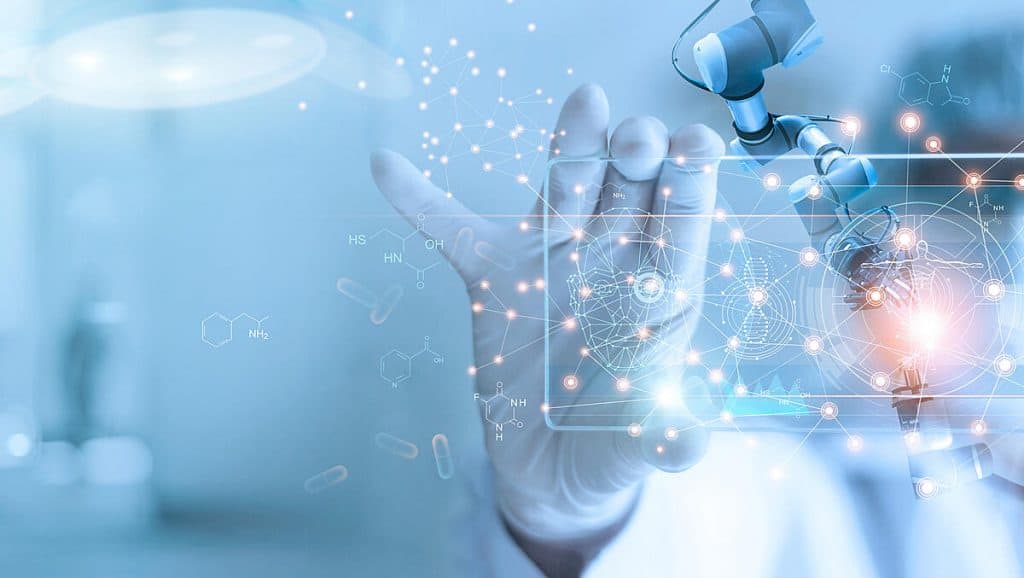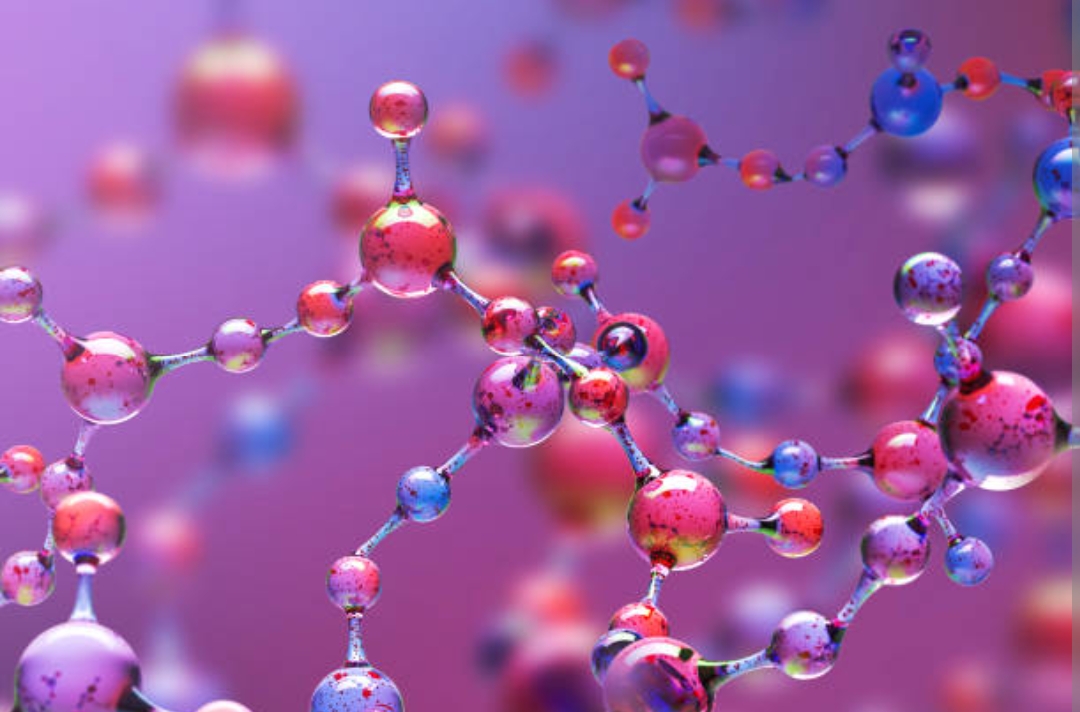
Transforming Drug Discovery Using AI and Automation
Drug discovery refers to the process of identifying new medications or therapies for the treatment of various diseases. This process typically involves several stages, including target identification, drug design, preclinical testing, clinical trials, and regulatory approval. The goal of drug discovery is to find effective and safe treatments that can improve patient outcomes and quality of life.
The history of drug discovery dates back centuries, with early remedies often based on traditional herbal medicine. However, the scientific approach to drug discovery began in the 19th century with the isolation of active compounds from plants and animals. Since then, drug discovery has evolved significantly, with new technologies and methods being developed to improve the efficiency and effectiveness of the process.
Despite these advances, drug discovery remains a challenging and time-consuming process, with high rates of failure and significant costs. In recent years, however, the use of artificial intelligence (AI) and automation has emerged as a promising approach to drug discovery, offering new ways to analyze data, generate hypotheses, and accelerate drug development.
The Role of AI and Automation in Drug Discovery
AI refers to the ability of machines to learn and perform tasks that would normally require human intelligence, such as recognizing patterns, making predictions, and solving problems. Automation, on the other hand, refers to the use of machines or software to perform tasks that would normally be done by humans, such as data analysis, experimentation, and synthesis.
In drug discovery, AI and automation have the potential to transform the way drugs are discovered and developed. By analyzing large amounts of data and generating new hypotheses, these technologies can help researchers identify potential drug targets, design new compounds, and optimize drug properties. Additionally, automation can help speed up the testing and screening process, reducing the time and cost required for drug discovery.
Examples of successful drug discovery using AI and automation include the development of new antibiotics, cancer therapies, and treatments for rare diseases. These innovations have been made possible by advances in machine learning, robotics, high-throughput screening, predictive modeling, virtual screening, and natural language processing, among others.
Types of AI and Automation Used in Drug Discovery
Machine learning – It refers to the use of algorithms and statistical models to learn patterns and make predictions from large datasets. In drug discovery, machine learning can be used to identify potential drug targets, design new compounds, and predict drug efficacy and toxicity.
Robotics – It involves the use of robots or automated systems to perform tasks such as sample preparation, assay execution, and data analysis. This can help speed up the drug discovery process by automating repetitive or time-consuming tasks, allowing researchers to focus on more complex activities.
High-throughput screening – It involves the use of automated systems to test large numbers of compounds for their activity against a particular target. This can help identify potential drug candidates more quickly and efficiently than traditional screening methods.
Predictive modeling – It involves the use of mathematical models to predict the behavior of a drug in the body, based on its chemical structure and other properties. This can help researchers optimize drug properties such as potency, selectivity, and pharmacokinetics.
Virtual screening – involves the use of computational models to predict the activity of compounds against a particular target, without the need for physical screening. This can help reduce the time and cost required for drug discovery, by allowing researchers to prioritize the most promising candidates for further testing.
Natural language processing – It involves the use of algorithms to analyze and interpret text data, such as scientific literature or clinical trial data. This can help researchers identify relevant information and generate new hypotheses for drug discovery.
Challenges and Limitations of AI and Automation in Drug Discovery
While AI and automation offer many benefits for drug discovery, there are also several challenges and limitations to consider. These include:
Data quality and quantity: AI and automation rely on large amounts of high-quality data to generate accurate predictions and insights. However, data in drug discovery is often limited, incomplete, or inconsistent, which can affect the performance of these technologies.
Integration of different data sources: Drug discovery data comes from a variety of sources, including clinical trials, genetic studies, and electronic health records. Integrating these data sources can be challenging, as they often use different formats and standards.
Ethics and bias: AI and automation can be affected by biases in data or algorithms, which can lead to inaccurate or unfair predictions. Additionally, there are ethical concerns about the use of AI and automation in drug discovery, such as the potential for job loss or the exploitation of patient data.
Human expertise and interpretation: While AI and automation can help speed up the drug discovery process, they cannot replace the expertise and intuition of human researchers. These technologies must be used in combination with human expertise and interpretation to ensure the accuracy and reliability of results.
Regulatory and legal challenges: The use of AI and automation in drug discovery raises several regulatory and legal issues, such as the need for validation and standardization of these technologies, and the potential for intellectual property disputes.
Case Studies of AI and Automation in Drug Discovery
Several companies and research groups have successfully used AI and automation to discover new drugs and therapies. Here are some examples:
Insilico Medicine: This company uses AI to identify new drug targets and design compounds with improved efficacy and safety. They have developed several drugs for cancer, fibrosis, and age-related diseases, and are currently working on treatments for COVID-19.
Atomwise: This company uses AI to predict the activity of compounds against a particular target, without the need for physical screening. They have developed several drugs for cancer, infectious diseases, and rare genetic disorders, and are currently working on treatments for COVID-19.
BenevolentAI: This company uses AI to generate new hypotheses for drug discovery and optimize drug properties. They have developed several drugs for rare diseases and neurodegenerative disorders, and are currently working on treatments for COVID-19.
Recursion Pharmaceuticals: This company uses AI to analyze biological images and identify potential drug targets. They have developed several drugs for rare genetic disorders and are currently working on treatments for COVID-19.
Future of AI and Automation in Drug Discovery
The future of AI and automation in drug discovery is promising, with new technologies and methods being developed to address current challenges and limitations. Some areas of focus for future development include:
Advancements in AI and automation: AI and automation are rapidly evolving, with new algorithms, software, and hardware being developed to improve their performance and efficiency. This includes the use of deep learning, reinforcement learning, and quantum computing.
Integration of AI and human expertise: To ensure the accuracy and reliability of AI and automation in drug discovery, it is important to combine these technologies with human expertise and interpretation. This includes the development of new training programs and collaborative research initiatives.
Collaboration between academia and industry: AI and automation in drug discovery require a multidisciplinary approach, involving researchers from academia, industry, and government. Collaboration between these stakeholders can help accelerate the development and adoption of these technologies.
Implications for drug development and patient care: AI and automation in drug discovery have the potential to transform the way drugs are discovered, developed, and delivered to patients. This includes the development of personalized medicine, precision therapies, and improved patient outcomes.
Conclusion
AI and automation offer many benefits for drug discovery, including faster and more efficient identification of potential drug targets, design of new compounds, and optimization of drug properties. However, there are also several challenges and limitations to consider, such as data quality and quantity, integration of different data sources, ethics and bias, human expertise and interpretation, and regulatory and legal challenges. To ensure the accuracy and reliability of AI and automation in drug discovery, it is important to combine these technologies with human expertise and interpretation.
Visit DocMode for Courses and lectures

